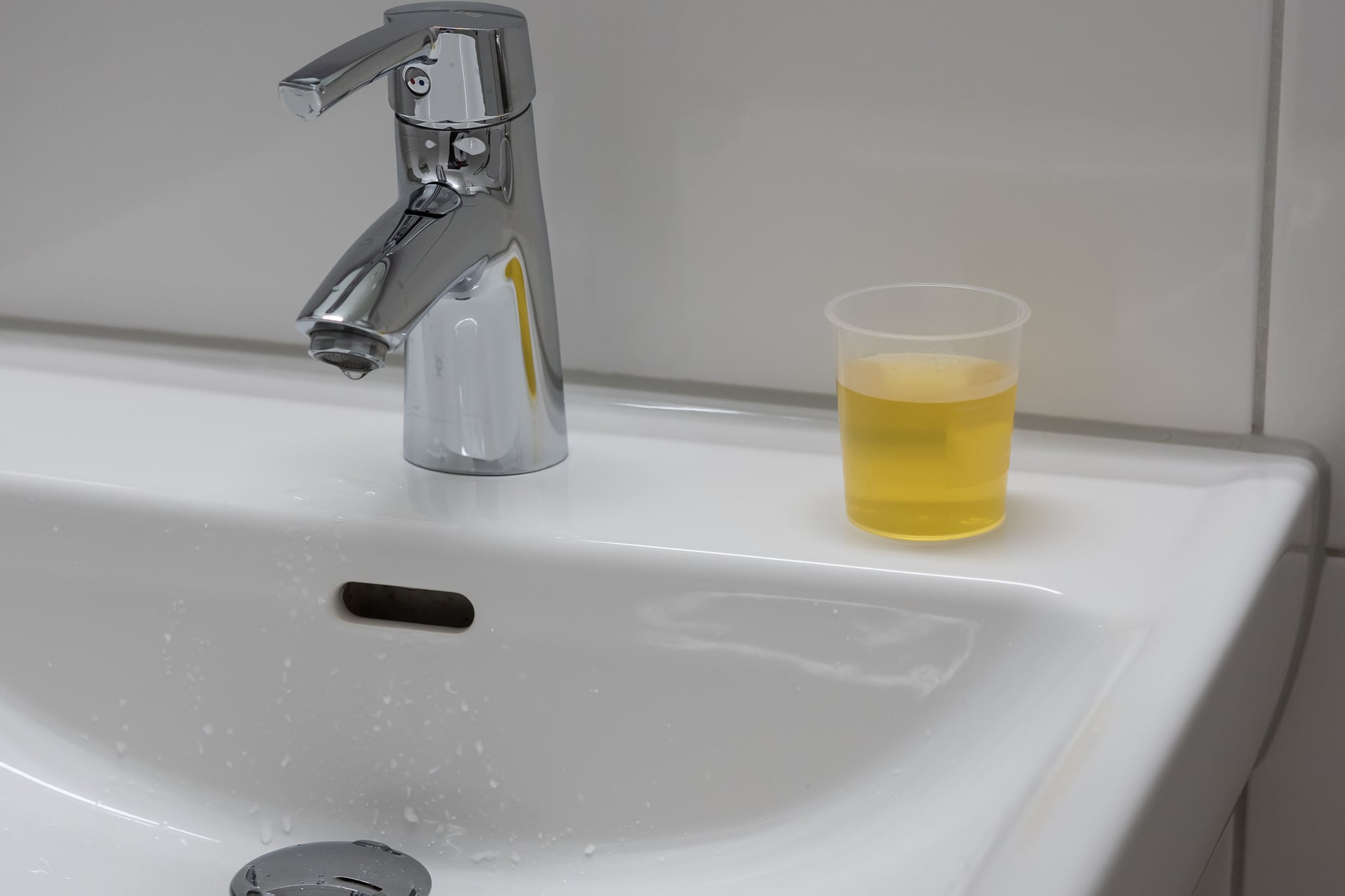
Getting a pregnancy test can feel complicated. Maybe you don’t feel comfortable going to your local drugstore and buying a test or you don’t love the idea of having one arrive by mail over fears someone else will see it. Or maybe you just want to save a few bucks and don’t feel like shelling out for a test.
Whatever your situation, it only makes sense that you’d consider less-traditional pregnancy-test methods. One that’s popped up a lot on social media is the DIY sugar pregnancy test. Know this upfront: there’s zero scientific evidence that this works. Still curious? Here’s what you need to know.
What Is the DIY Sugar Pregnancy Test?
The DIY sugar pregnancy test is relatively simple. It involves pouring your urine over sugar. The results, fans swear, can tell you if you’re pregnant or not.
What Is the Theory Behind the DIY Sugar Pregnancy Test?
It’s important to stress that this is a theory — not fact. “The idea is that human chorionic gonadotropin (hCG), the hormone produced by the placenta, cannot dissolve easily in sugar,” explains women’s health expert Jennifer Wider, MD. “So if you pour urine that contains this hormone — which is a marker for pregnancy — over sugar, it will clump up rather than dissolve.” Again, in theory.
How to Do the DIY Sugar Pregnancy Test
There’s no set recipe for this online, but there is a general consensus. That involves putting a few spoonfuls of white sugar in a clean bowl. Then, pour your morning urine (it’s more concentrated than your pee during other times of day) over the sugar. Don’t stir or mix it — just wait.
Note: What the test doesn’t specify is how much urine to pour over the sugar. According to fans of this test, the sugar will clump or there will be undissolved sugar crystals left on the bottom after a few minutes if you’re pregnant. If you’re not pregnant, it will dissolve.
Is the DIY Sugar Pregnancy Test Accurate?
Nope! “This ‘test’ has been around for a while, and it still has no scientific merit,” says Mary Jane Minkin, MD, a clinical professor of obstetrics and gynecology and reproductive sciences at Yale School of Medicine. HCG doesn’t cause sugar to clump, she says, making this test essentially pointless.
Whether or not sugar clumps depends on a few different factors. “Sugar can clump or form lumps when mixed with certain liquid mediums or certain conditions,” says Meleen Chuang, MD, clinical associate professor, Department of Obstetrics and Gynecology, Family Health Centers at NYU Langone. “If you pour water into sugar and let it sit undisturbed, the sugar may dissolve or form clumps depending on the temperature and concentration of the sugar solution.”
Other factors, like the temperature of the room, how much humidity is present, and the size of the sugar crystals, can also impact clumping, Chuang says. Despite all this, “the clumping of sugar in different liquid mediums is not related to pregnancy,” she says.
Veleka Willis, MD, an ob-gyn at NYU Langone Hospital, Brooklyn, says it’s a “cool idea” but notes that there’s “no scientific evidence to support the effectiveness or accuracy of DIY sugar pregnancy tests.”
If you want accurate results, it’ really best to stick with pregnancy tests you buy in the store or see your doctor for an in-office test, says Christine Greves, MD, an ob-gyn at the Winnie Palmer Hospital for Women and Babies in Orlando. “Even the dollar-store ones are better than a few spoonfuls of sugar,” she says.

